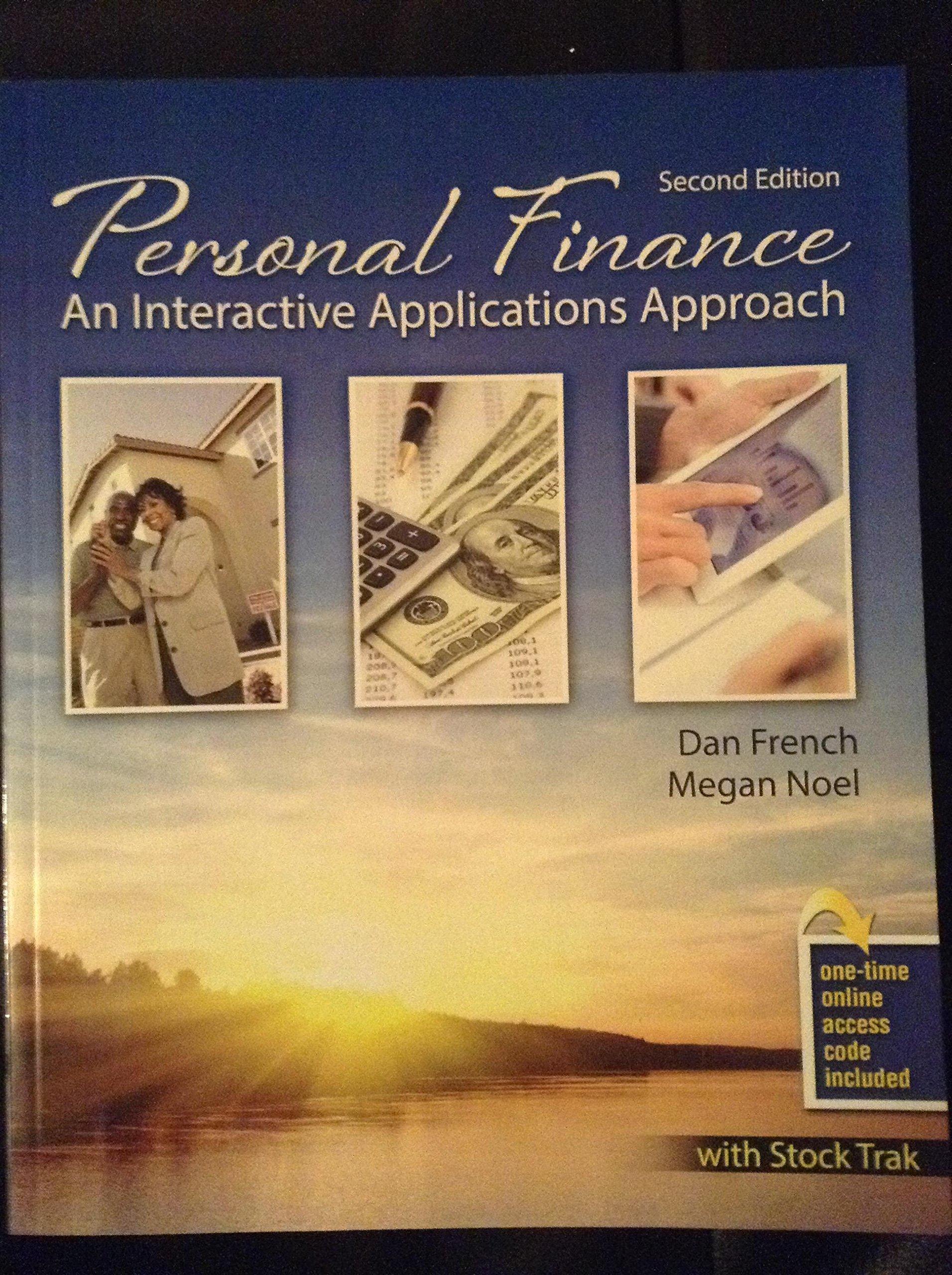You may have to right click the image and select "view in new tab" to see the image enlarged. I really appreciate your help!

Read the Jamie and Claire Jackson's case study on education planning on p. 4. It is posted on the course website for Case Study #2. Your assumptions are: Brianna and Riley start college at age 18. Jamie and Claire decide to invest the college savings in conservative stocks going forward, including the $20,000 that is currently in the CD. Ignore the specific set-up of the UTMA account. 1. Determine the net present value at time period 0 of the cash flows. Use the uneven cash flow method. (4 points) 2. How much must Jamie and Claire save at the end of each month to meet their education savings goal, if they want to make their last payment at the beginning of the younger child's first year of college. (4 points) 3. How much must Jamie and Claire save at the end of each month, if they want to make their last payment at the beginning of the younger child's last year of college. Use the uneven cash flow method. (4 points) 4. How much must Jamie and Claire save at the beginning of each month, if they want to make their last payment at the beginning of the younger child's last year of college. Use the uneven cash flow method. (4 points) 5. Use the traditional method to determine the present value of education costs at age 18 using real dollars. The tuition payments are made at the beginning of each college year. (4 points) 6. Determine the present value at current age using real dollars and an annuity due funding plan with annual deposits. Complete the following table. (4 points) Child: Riley Brianna Total Age N 1 FV PV 7. Summary of savings options based on the uneven cash flow plan (1 point; as shown on p. 356 in textbook) Saving until younger child first year of college (Q2) Saving through college of younger child (23) Saving at beginning of month through college of younger child (4) Monthly savings Total savings contributions Education Planning Jamie and Claire want their children to go to their alma mater, Eastern State University. In-state tuition is currently $9,000 per year. They want to fund 80% of the cost of a 4-year education, ensuring that the cost is fully funded when the child starts school. Brianna has $20,000 in a CD. She is the only child with any money currently saved for college. It is set up as an UTMA account. Assumptions Client Assumption Safe Retirement Account Personal Residence Aggressive Stocks Conservative Stocks Corporate Bonds 5-year CDs Inflation College Inflation Risk-Free Rate 15-Year Mortgage 30-Year Mortgage Refinance Costs (points and fees) Auto Loan Credit Card Rate of Return/Increase 6% 2% 11% 8% 5% 2.5% 3.5% 7% 3% 5.25% 6.75% 4% 5.75% 18% Read the Jamie and Claire Jackson's case study on education planning on p. 4. It is posted on the course website for Case Study #2. Your assumptions are: Brianna and Riley start college at age 18. Jamie and Claire decide to invest the college savings in conservative stocks going forward, including the $20,000 that is currently in the CD. Ignore the specific set-up of the UTMA account. 1. Determine the net present value at time period 0 of the cash flows. Use the uneven cash flow method. (4 points) 2. How much must Jamie and Claire save at the end of each month to meet their education savings goal, if they want to make their last payment at the beginning of the younger child's first year of college. (4 points) 3. How much must Jamie and Claire save at the end of each month, if they want to make their last payment at the beginning of the younger child's last year of college. Use the uneven cash flow method. (4 points) 4. How much must Jamie and Claire save at the beginning of each month, if they want to make their last payment at the beginning of the younger child's last year of college. Use the uneven cash flow method. (4 points) 5. Use the traditional method to determine the present value of education costs at age 18 using real dollars. The tuition payments are made at the beginning of each college year. (4 points) 6. Determine the present value at current age using real dollars and an annuity due funding plan with annual deposits. Complete the following table. (4 points) Child: Riley Brianna Total Age N 1 FV PV 7. Summary of savings options based on the uneven cash flow plan (1 point; as shown on p. 356 in textbook) Saving until younger child first year of college (Q2) Saving through college of younger child (23) Saving at beginning of month through college of younger child (4) Monthly savings Total savings contributions Education Planning Jamie and Claire want their children to go to their alma mater, Eastern State University. In-state tuition is currently $9,000 per year. They want to fund 80% of the cost of a 4-year education, ensuring that the cost is fully funded when the child starts school. Brianna has $20,000 in a CD. She is the only child with any money currently saved for college. It is set up as an UTMA account. Assumptions Client Assumption Safe Retirement Account Personal Residence Aggressive Stocks Conservative Stocks Corporate Bonds 5-year CDs Inflation College Inflation Risk-Free Rate 15-Year Mortgage 30-Year Mortgage Refinance Costs (points and fees) Auto Loan Credit Card Rate of Return/Increase 6% 2% 11% 8% 5% 2.5% 3.5% 7% 3% 5.25% 6.75% 4% 5.75% 18%








